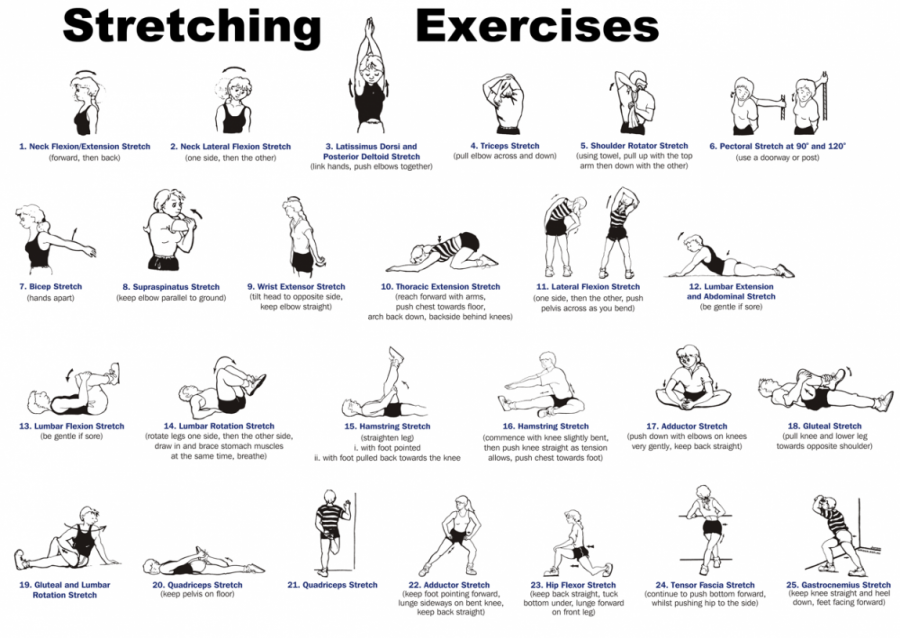Static Stretching Myth Debunked
So Why is Stretching Before Exercise a Bad Idea?
For decades everything you’ve been taught about static stretching before your workout, that old school static stretching as you practiced in PE class and prior to competition now may be considered the worst thing to do. Stretching is that one thing your team performs that they shouldn’t before a game. So why is stretching before exercise such a bad idea?
Many people seem to get confused about what a warm up is. A warm up is not the same as stretching. When preparing yourself for a workout, it is imperative that you understand the difference of stretching vs. warming up.
According to research published in The Journal of Strength & Conditioning, stretching does not prepare your body for weight training exercise, but in fact fails to prepare your muscles for negative reps or eccentric loading, thus making you weaker, have joint instability and an increased risk of injury.
The folkloric idea that stretching prevents injury dates back to my PE classes in junior high. There isn’t any research available to show that performing stretching alone prevents injury.
Scientists have found that static stretching before sprints or competition could both harm muscles and prevent athletes from reaching their peak potential. The calming effect of stretching can make you sleepy. This is not exactly the ideal mood you’re looking for before performing an intense workout.
What’s the Warm up Solution?
A full body dynamic warm up prepares your mind and body; all of your systems (the heart, blood circulation, nerves, muscles, tendons, joints and ligaments) to run most efficiently. This type of warm up will also regulate your mental and emotional state by sharpening your reaction time, enhancing awareness, concentration, and improve coordination.
• 5 to 10 minutes of any aerobic activity (run, bike, swim or row).
• 5 minutes of dynamic stretching, universal neuromuscular athletic training and foam rolling.
• 5 minutes of mental preparation.
By using this as a template above on your warm up rather than just stretching, the improvements to your health mentally and physically will be found by with:
• The aerobic activity will better prepare your cardiovascular system for exercise.
• The dynamic stretching will raise and maintain your body temperature (static stretching drops your temperature).
• By including mental preparation in your warm up (practicing visualization).You’ll not only be hyper focused for your workout, but you’ll dramatically improve movement efficacy thus lowering your risk of injury.
Bonus Tips to Prevent Injury Before (and During) Your Workout:
• Eat carbs pre-workout. Carbohydrates are fuel for your brain. If you are on a low carb diet, your memory and reaction timing suffers during a high intensity workout, which can lead to injury when you’re performing a complex compound movement.
• Train smart, but train hard. Listen to your body!
• Intra-workout nutrition is important for individuals who’s workouts run for a long time to minimize protein degradation (when your body feeds to your lean body mass for fuel.) Intra-workout nutrition is critical for preserving lean muscle mass and prevent injury as well by regulating glucose & glycogen levels which otherwise lead to dizziness, weakness, shakiness, headache, and blurred vision. A typical prescription for intra-workout drink is 10 to 15g of carbohydrates combined with branch chain amino acids every 30 to 45 minutes.
Best Times to Perform Static Stretching?
Is right after your workout used as part of a cool down or during a yoga session. Stretching as a cool down will relax the physiological functions of your body, thus enhancing your recovery post workout. The physiological effects of outdoor fitness cool down has been proven as calming recuperative state after a high intensity workout. By including both a warm up and cool down to your workout sessions, you will improve your health and decrease the chance of injury.

Ref:
https://www.ncbi.nlm.nih.gov/pubmed/22692125
https://journals.lww.com/cjsportsmed/pages/default.asp


